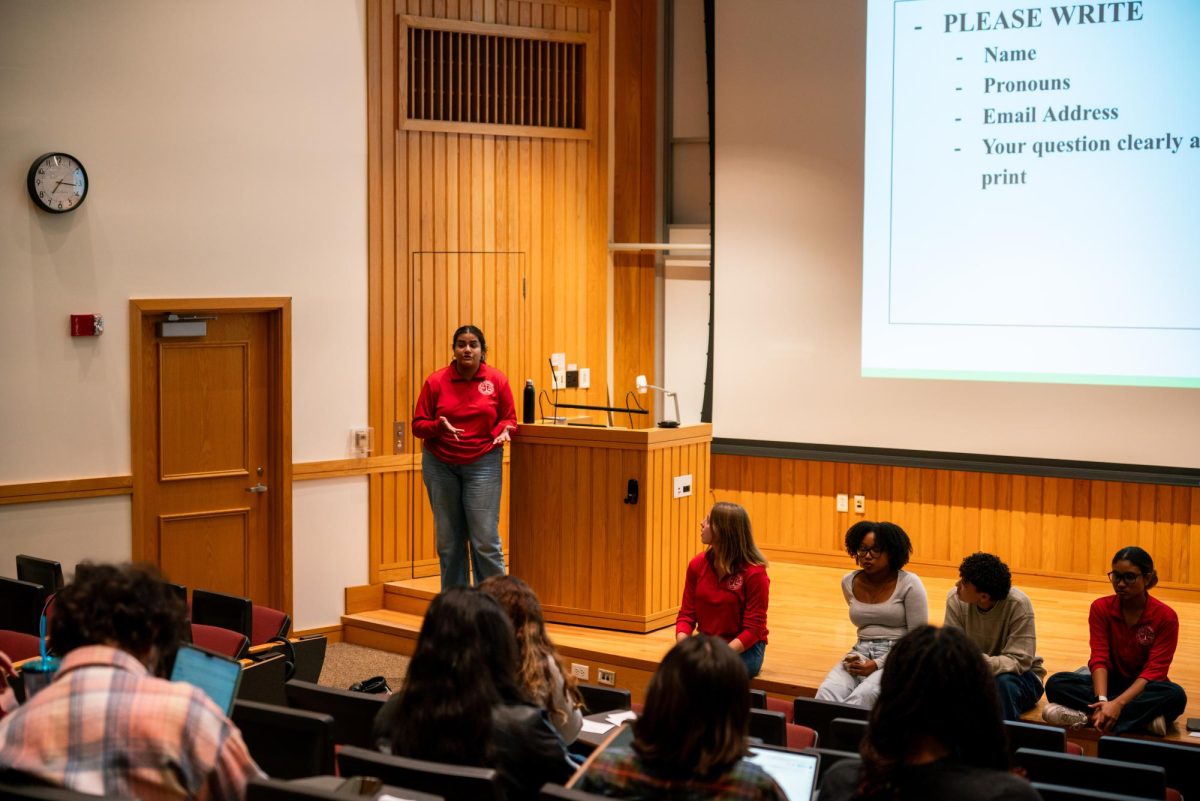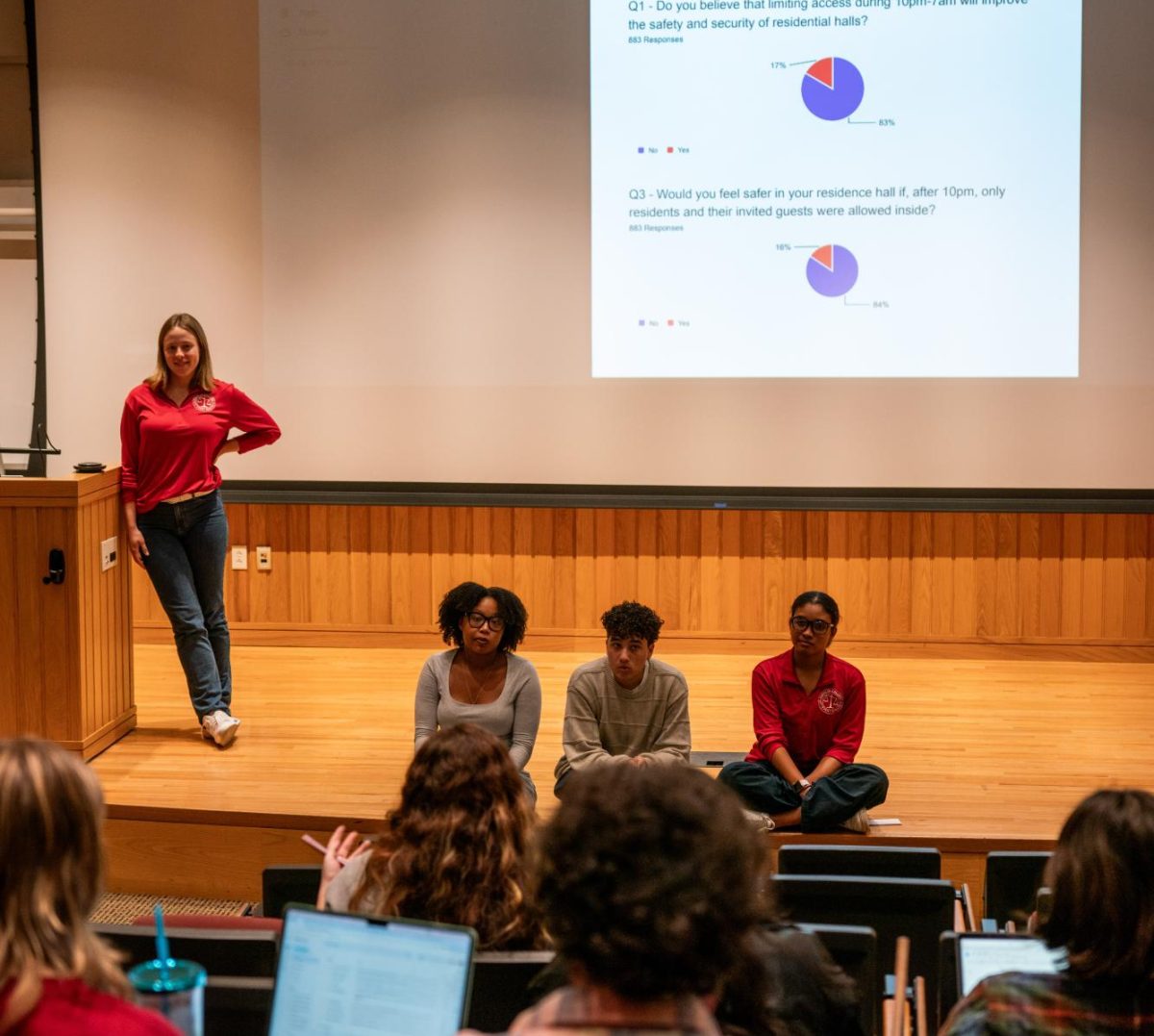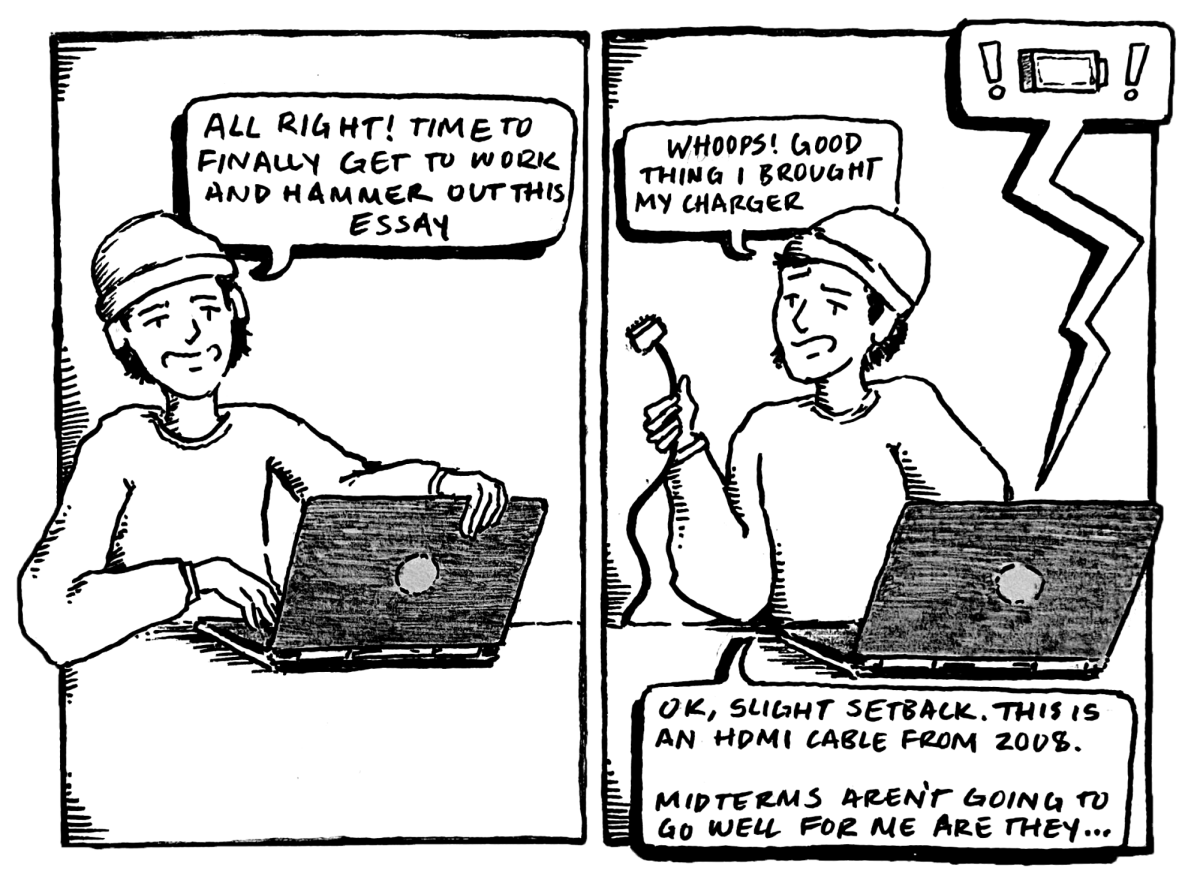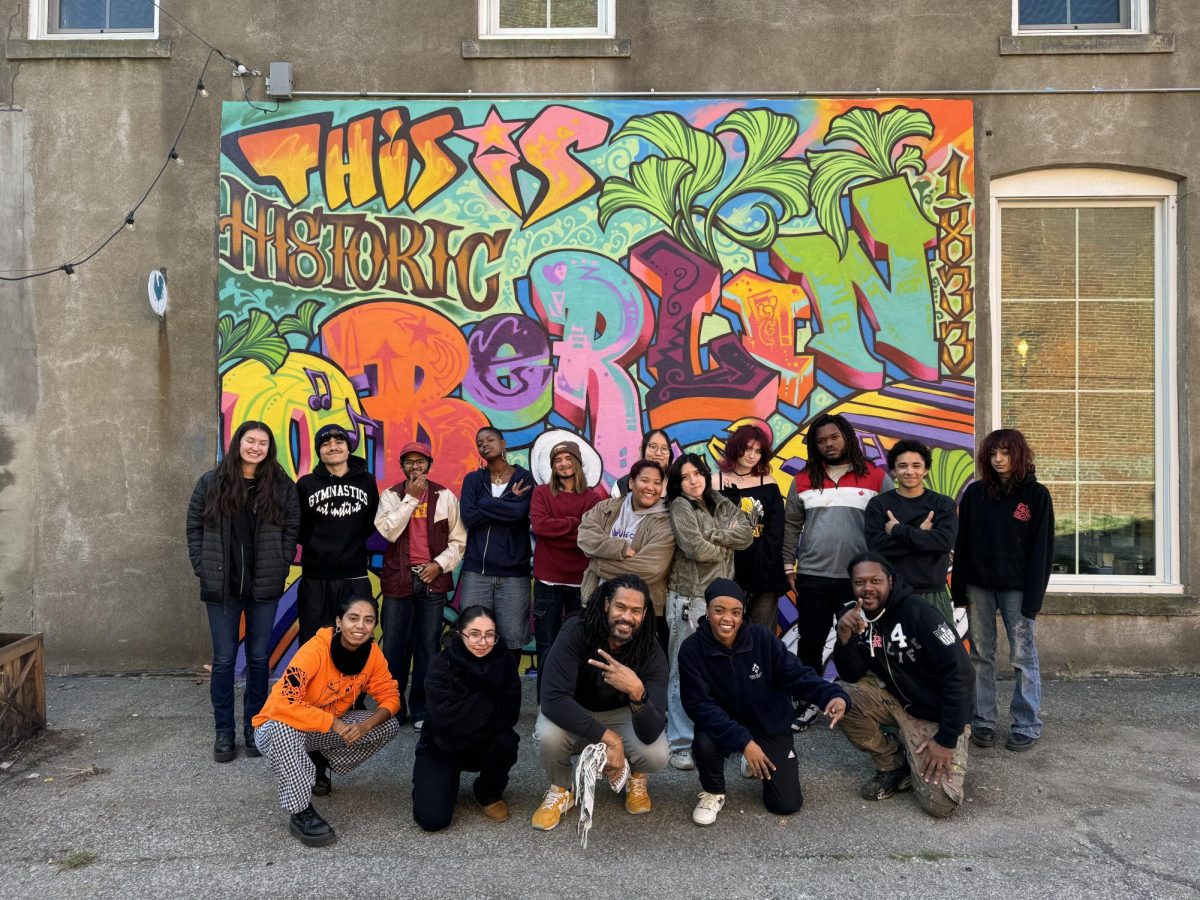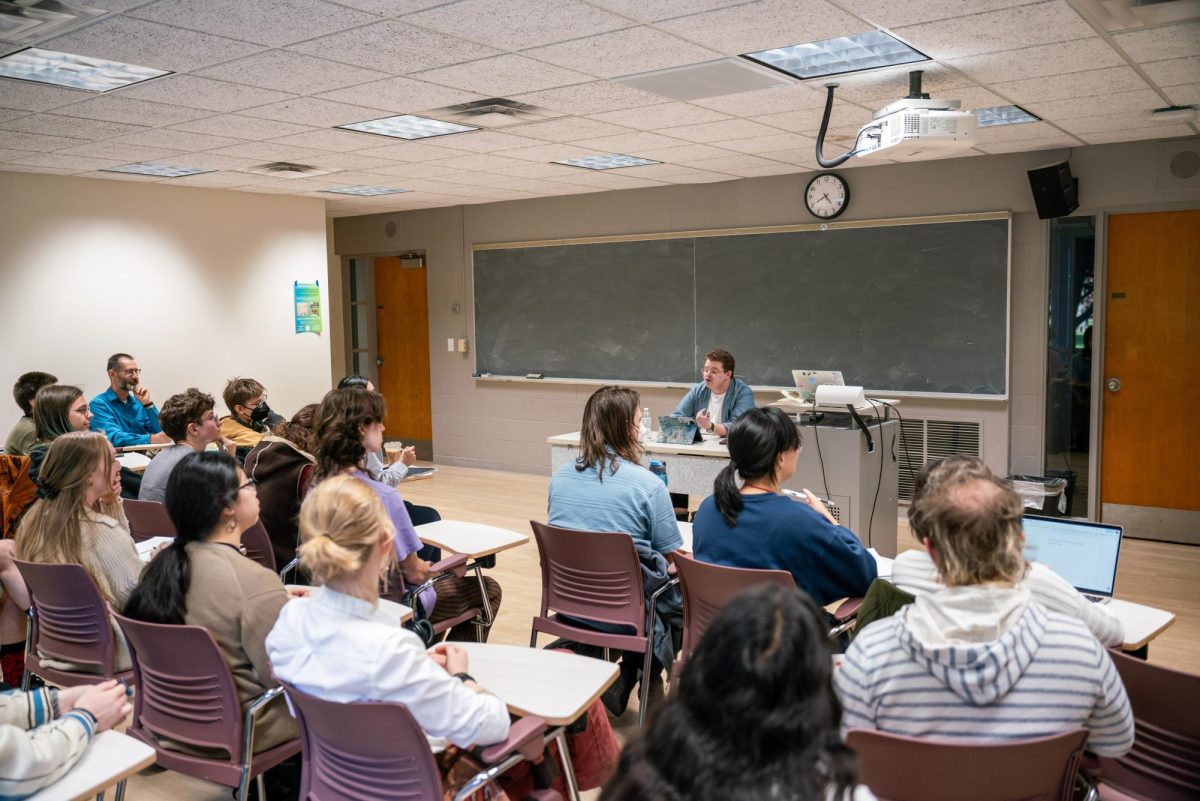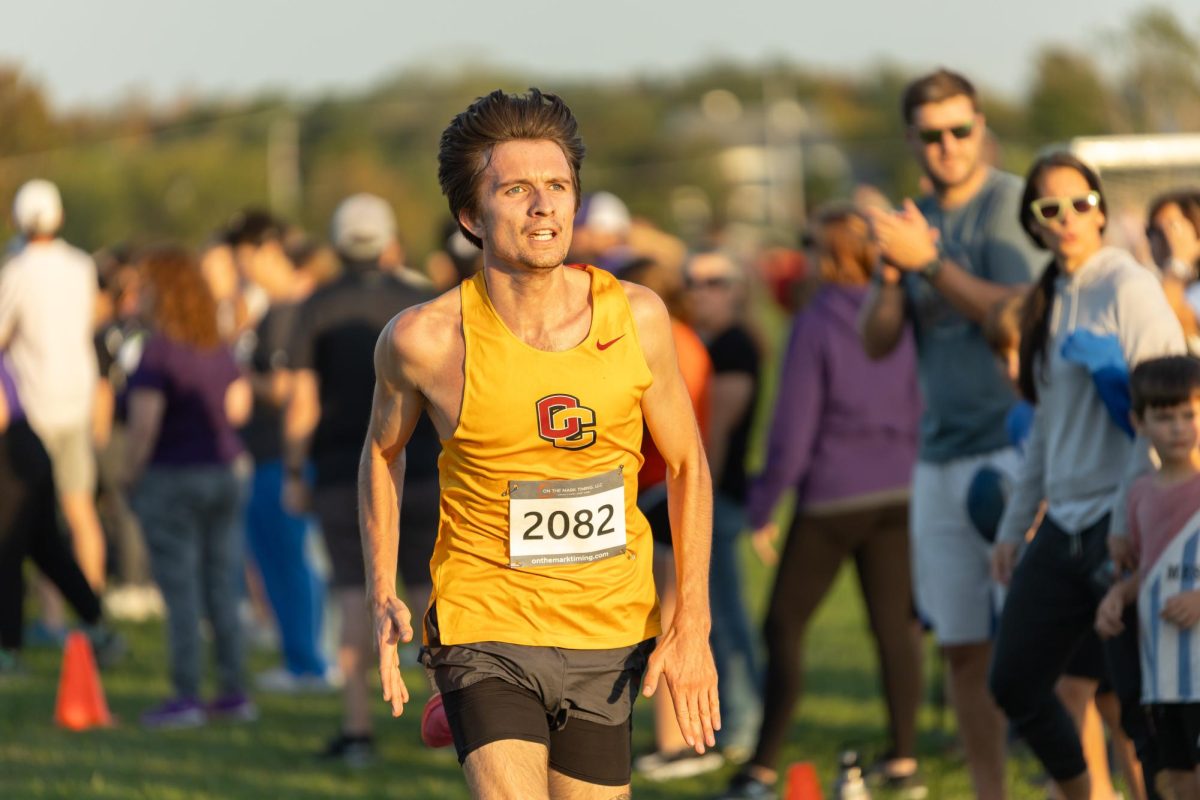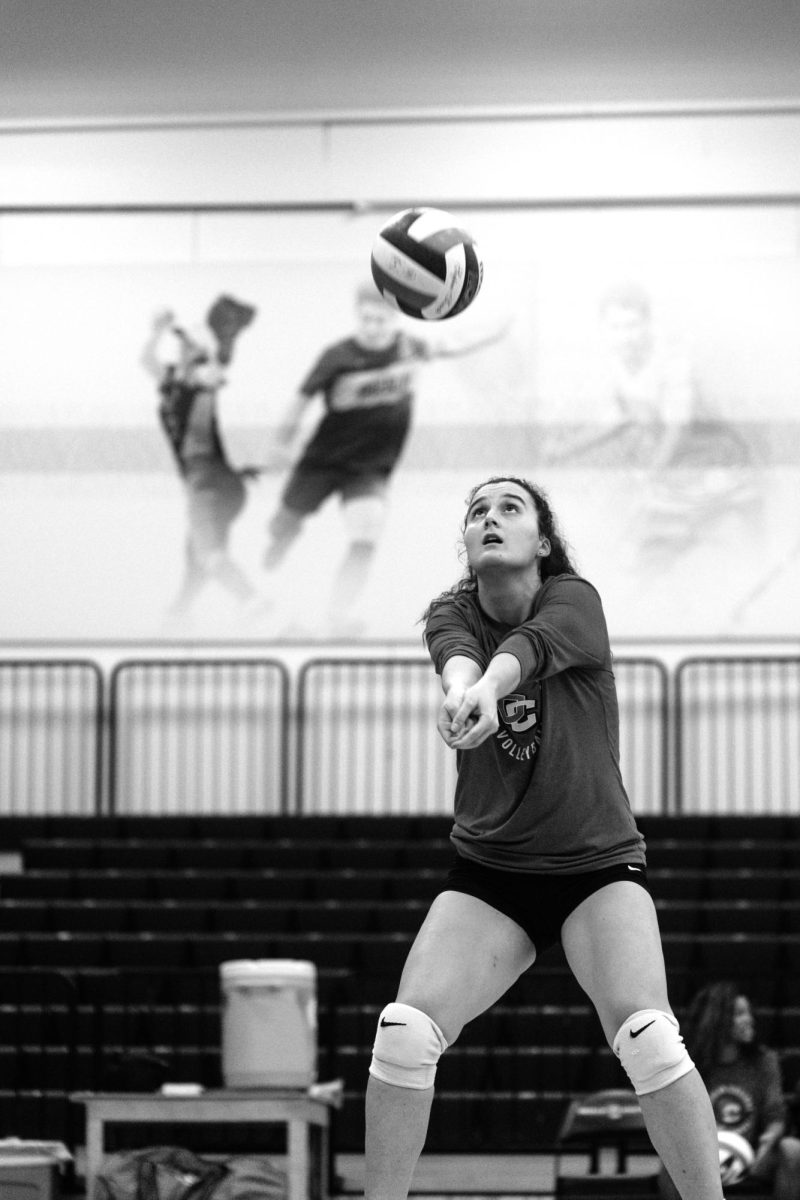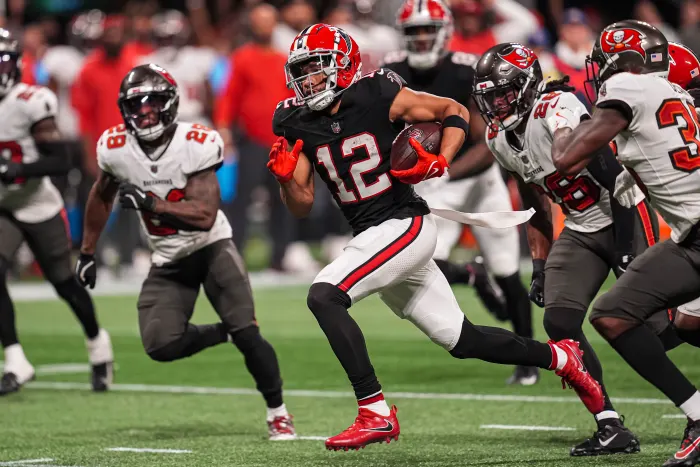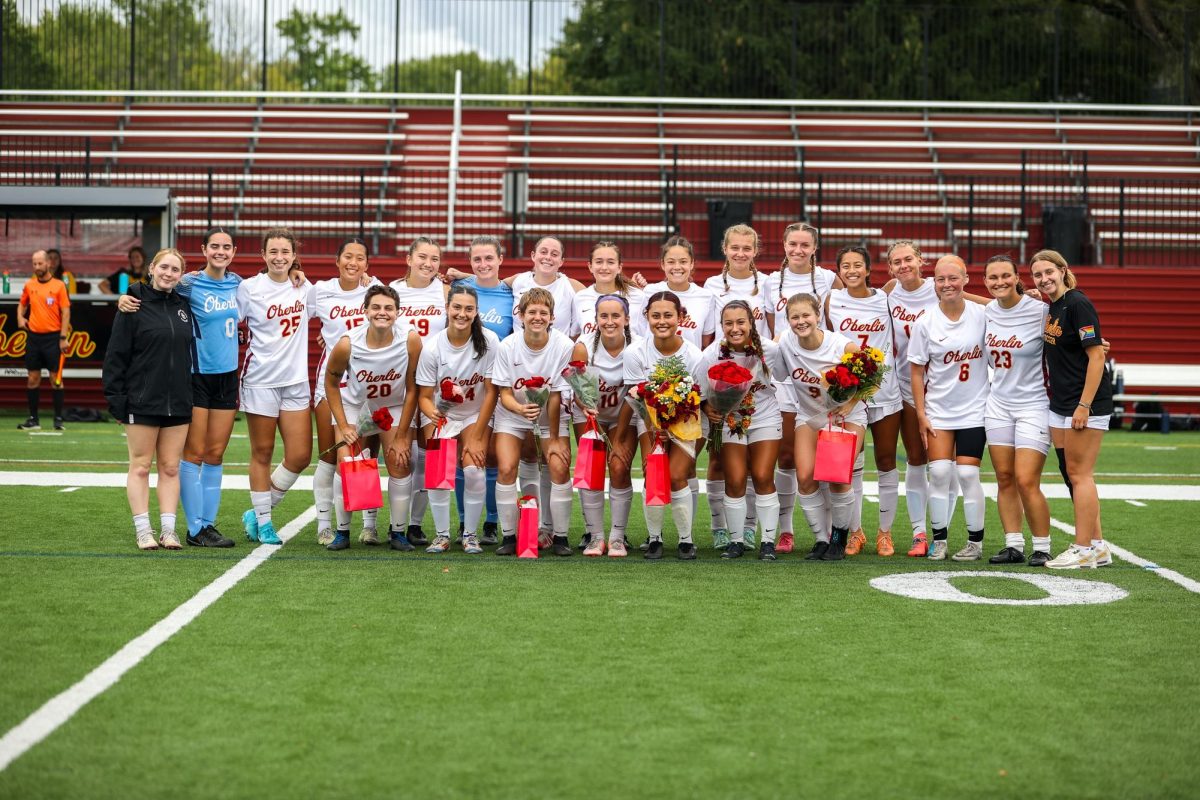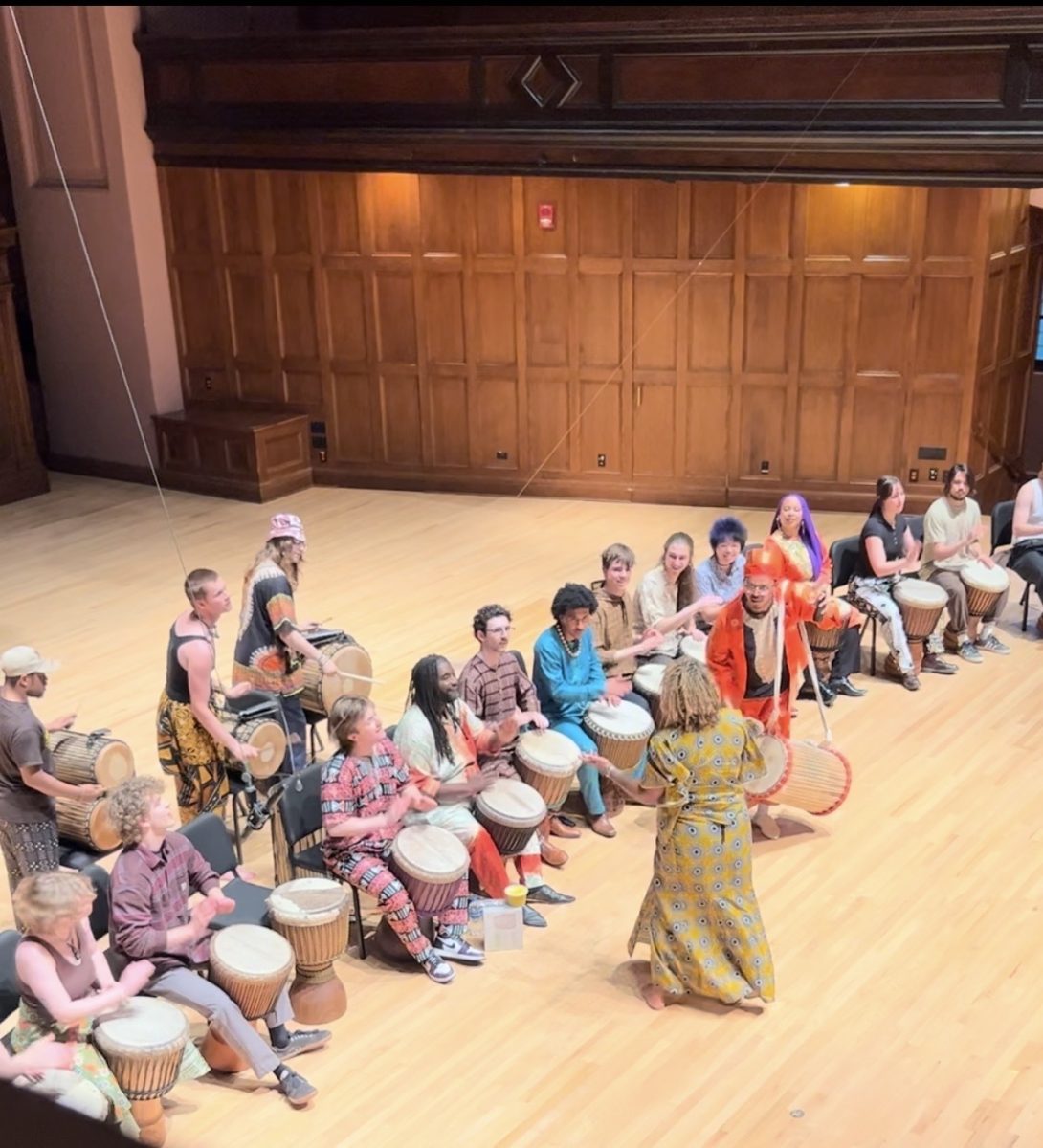Street Harassment Discourse Disregards Intersectional Issues
November 7, 2014
When online videos related to pressing social or political issues go viral, the mainstream media sometimes weighs in. This week, the online branches of media outlets like The New York Times, The Washington Post and NPR did just that in response to the video gracing news feeds across the nation: the viral PSA commissioned by Hollaback!, an anti-street harassment group.
The video’s premise is simple: A woman is filmed from a hidden camera carried in front of her as she walks around “all areas of Manhattan, wearing jeans and a crew-neck t-shirt” for 10 hours. The two-minute video compiles short clips from some of the “100+ instances of verbal street harassment” the video claims she experiences over the course of the shoot. Now boasting over 30 million views, the Hollaback!-sponsored video has clearly achieved its stated purpose: increasing the visibility of the catcalling and harassment women face every day. The only problem for the nonprofit? The video’s creator knowingly left a disproportionate number of white catcallers out of the video.
The creator is a man named Rob Bliss, and he himself has been the target of much of the video’s negative press. In a widely-shared Storify article, Twitter user Automnia criticizes Bliss for complicity in gentrification campaigns and for “using street harassment like a fucking tool” to advance his own career. Bliss is white, 26 years old and the owner of an eponymous marketing firm, Rob Bliss Creative, that specializes in making viral videos.
After moving to Grand Rapids, MI from the suburbs, Bliss brought his company to prominence after running events like a record-breaking lip dub. In stark contrast with his Hollaback! video, the lip dub, set to Don McLean’s “American Pie,” conspicuously over-represents white faces in relation to Grand Rapids’s demographics. His self-proclaimed goal in his marketing efforts for Grand Rapids, he wrote in a June 2010 post on MLive.com, was to establish the city “as a hip, cool place for younger people to live and work.” It’s easy to see where the criticisms fit in.
The issue at hand in the Hollaback! video, however, is street harassment, and this is a far more complex topic than any short viral video can fully capture. Speaking with NPR’s Here & Now, Hanna Rosin of Slate characterized catcalling as “an uncomfortable feminist issue because of the class and race dynamics involved.”
The Editorial Board agrees, and we think it’s crucial that street harassment be confronted in spite of this discomfort and in full awareness of intersectional themes of race and class. Worryingly, much of the online commentary surrounding the video has focused on individual elements of this relationship, isolating race or class as the central factors determining the prevalence of street harassment. The reality is much more complex, and to focus on any one of these issues independent of the others is reductive and dangerous to the marginalized communities left out of the conversation.
Furthermore, it’s essential that catcalling — one form of everyday sexual harassment among many others — not be dissociated from the larger structures of misogyny and violence into which it fits. Street harassment is of course degrading and upsetting to those who experience it, but the issue must be considered not as an individual nuisance but as a symptom of a broader context of rape culture.
When organizations like Hollaback! discuss strategies to combat street harassment, they must take these structures into account when considering the impact of their actions. Furthermore, any attempt to reduce street harassment — whether through activism, legislation or awareness initiatives such as the bystander trainings recently mandated at college campuses — will only succeed with due recognition of these intersectional factors.






